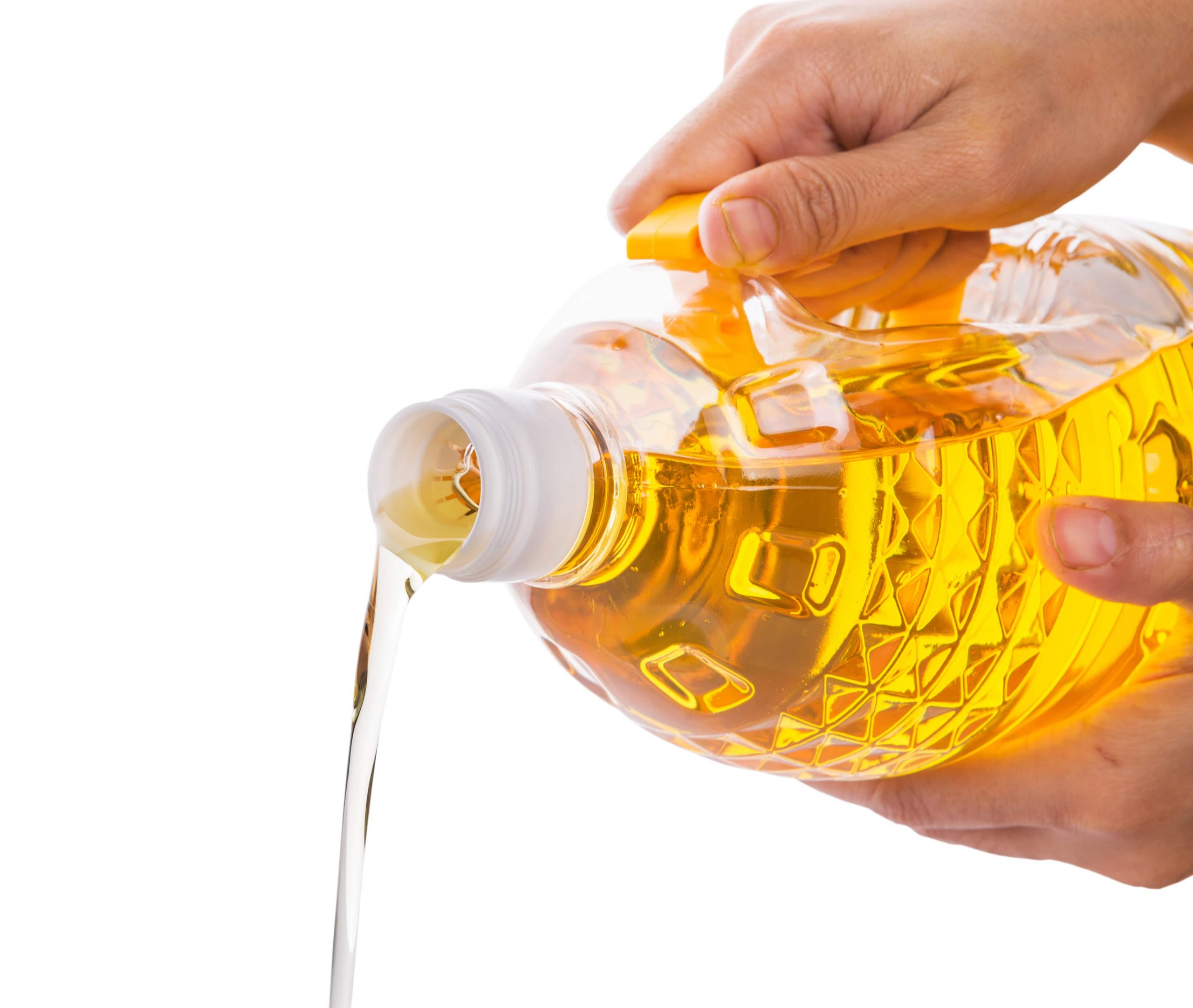There are many types of cooking oils, and canola and vegetable oils top the list. Knowing a few quick facts about them will help you know which one is healthier.
We live in the advent of technology, which enables us to access a lot of information. Sometimes, though, too much information leads to confusion, as with many types of oils being available in the market. In fact, all the talk about smoking points, saturated and unsaturated fats, and flavors may confuse you further. This is why this article is important, as it helps you understand the two main types of oils, canola and vegetable, and other healthy alternatives you would like to try.
Quick overview
While canola and vegetable oils may sound similar to many and are often used interchangeably, it’s good to know that they are different from each other. Many types of cooking will require using oil; hence oils are not overrated at all. However, there is a need for you to know which oil suits which type of cooking depending on the various properties. In choosing oils, many factors need to inform your decision, including flavor, smoking point, and the type of fats contained in the oil. The smoking point is exclusively important since it denotes the temperature at which the oil molecules start disintegrating, making the oil dangerous.
Canola oil
Canola oil has been people’s favorite for a long time because of its unique qualities. It has a relatively high smoking point, meaning that it can sustain various types of cooking. Besides, its taste is neutral, making it a good choice that does not alter the food’s flavor. Moreover, it has more unsaturated fats than saturated. Studies have proved that unsaturated fats are healthier than saturated ones, often found in palm and coconut oil and most animal products. Since research discourages saturated fat consumption due to their links with lifestyle diseases, many people find canola oils, with low saturated fats, a good alternative.
However, canola oils also have their issues despite the praise. The main concern is about the plants used in manufacturing them. My companies used hybrid plants, mostly genetically modified organisms (GMOs). Of course, this does not necessarily render the oils unhealthy, but some of such plants have sensitivities and other potentially harmful compounds, which may find their way into the human body when the oils are used for cooking. In addition, the question about the long-term safety of GMOs has not been answered as studies are currently insufficient.
Vegetable oils
These are the other common types of cooking oil that are completely different despite being confused with canola oils. Their temperatures sustain different types of cooking, which is why the oil is commonly used as a kitchen staple. It’s also loved for its neutral taste, which does not interfere with foods. However, health experts are concerned that knowing what is included in the oils and how they were grown, extracted, and processed has increasingly become difficult. Besides, one has no control over what fats he eats since the ratios of the fats differ depending on which plants have been used and in which proportions they have been mixed, a piece of information consumers cannot access.
Safe storage of cooking oils is critical
The previous sections have expounded on the main types of cooking oils, and this section focuses on how to safely store each of these. Safe storage is important, especially if you are going to prevent your oil from becoming rancid. When cooking oils become exposed to the air and react with oxygen, they can decompose and form peroxides. Ultimately, the oxygen molecules result in free radicals, potentially dangerous compounds linked to various chronic illnesses, including cancer and cognitive decline.
Generally, storing oils in cool, dry places helps keep them fresh. Moreover, wrapping them with aluminum foils ensures there is no interaction with oxygen to cause molecule decomposition. In addition, keep the oils far from sunlight or cooking heat to prevent reactions. If your cooking oil is made from garlic, tomatoes, pepper, or any vegetable, keep it refrigerated and use it within four days after opening it to prevent bacterial growth that can result in botulism.
Other healthy oil options
Although canola and vegetable cooking oils are the primarily used oils, you could try many other healthy options for various types of cooking and temperatures. They include;
a. Avocado oil
Although avocado oils are generally expensive because it takes many avocadoes to produce only a small amount of the oil, they are among the healthiest cooking oil options. They have a neutral flavor and a high smoking point, hence appropriate for baking, searing, or browning foods. Moreover, it has more unsaturated fats than saturated ones, making it healthier.
b. Coconut oil
This is yet another healthy cooking oil, but it should be used sparingly because of its high saturated fat concentration. It also has a neutral flavor, making it great for various dishes. Its smoking point is medium; hence the oil suits sauting and other low-heat cooking options.
c. Peanut oil
Peanut oil has been used for stir-frying and preparing food in ovens because it’s a healthy option. It is rich in unsaturated fats, and the polyunsaturated and monounsaturated fats are all balanced, resulting in a neutral flavor. It also has compounds that support heart health, making it ideal for people with heart complications.
d. Extra virgin oil
Extra virgin oil has been used for a long time for salad dressings because of its unique flavor. It has well-balanced monounsaturated fats, which owe it the unique flavor and the nutritional value. For best results, extra virgin oil should be used for low and medium-heat cooking types.
Conclusion
Most cooking types require cooking oil to enhance foods’ flavor and taste. Canola and vegetable oils are the main types, with canola coming from hybrid plants and vegetable oils being produced from pure types, although the information about the plants’ growing and extraction remains unknown to the consumers. In choosing any of these, one considers the flavor, smoking point, and the fats present, either saturated or unsaturated. Other healthy fat options exist and include coconut, avocado, extra virgin, and peanut oils. Knowing the ingredient in your oil of choice means your life.
- Our Big Kitchen’ (OBK) is a non-profit organization located in Sydney, Australia - April 10, 2023
- Duos CBD, a hemp product E-commerce website - April 10, 2023
- SOFA SPOONING SEX POSITION - April 7, 2023









